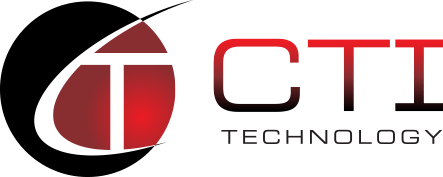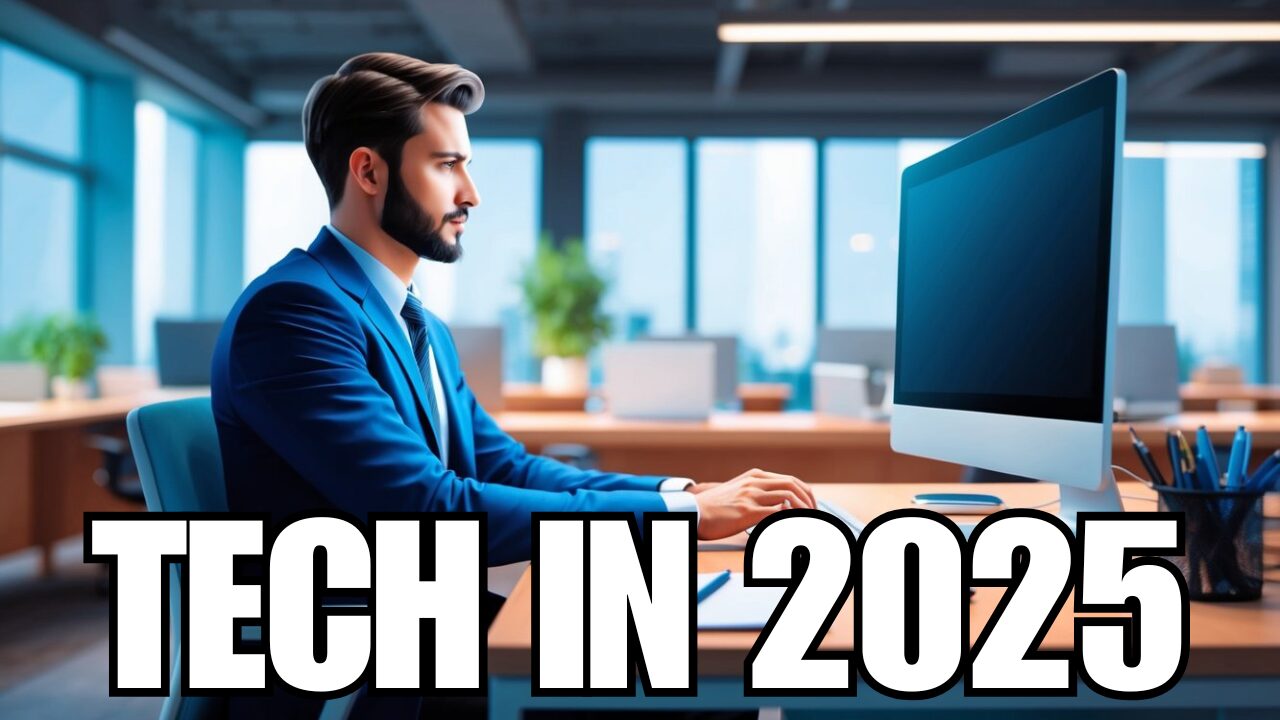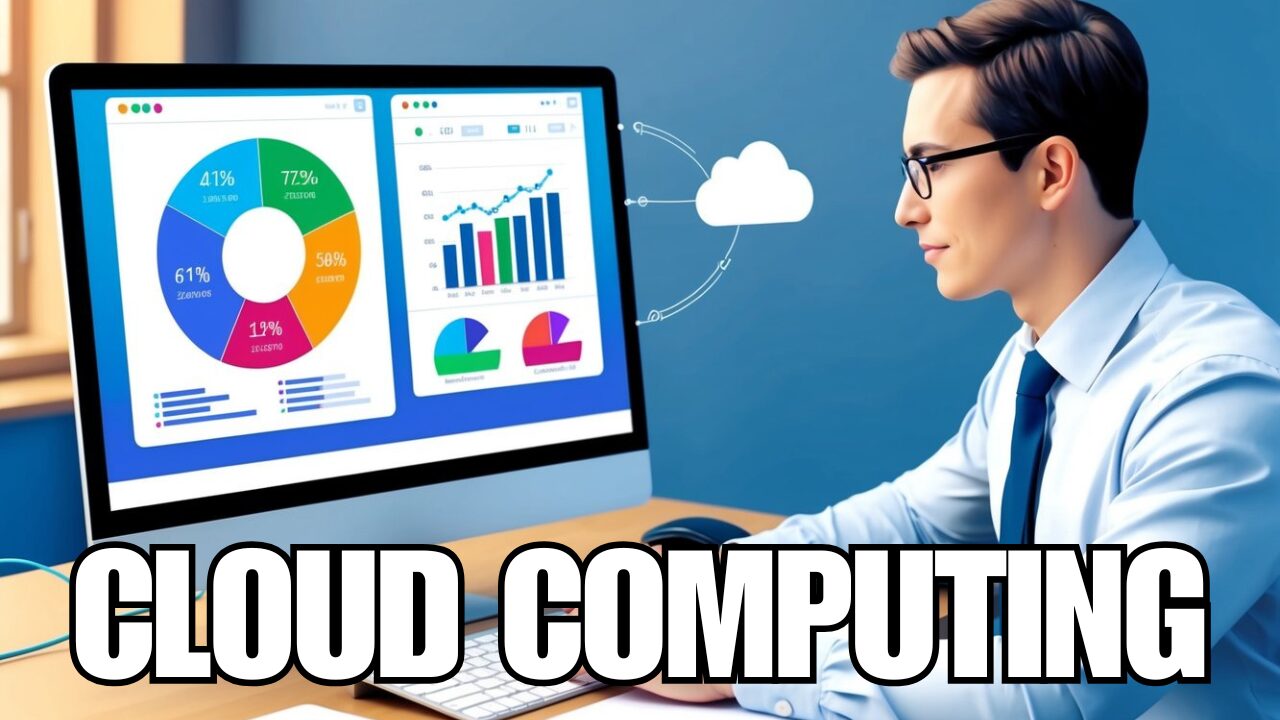Three Critical Cybersecurity Issues Chicago CIOs Face in 2022
No matter what industry their firm is in, Chicago CIOs share the same top priority in 2022: cybersecurity. With cybersecurity attacks having grown exponentially over the past decade, firms have no choice but to shore up their defenses or risk potential catastrophe. Over the past few years, we’ve seen cybercriminals spare no industry or organization in their efforts to extract payouts. And we’ve also seen these attacks grow in sophistication, challenging even the most well-resourced cybersecurity firms and law enforcement agencies in their protection, defense, and response efforts.
Inherent in the role of CIO is balancing strategic operational needs, leveraging technology to help generate revenue, and securing the enterprise. But with the proliferation of attacks, CIOs must devote a portion of their time each day to cybersecurity. No longer can security efforts be put off a week, a month, a quarter. And no longer can firms take a wait-and-see or set-it-and-forget-it approach. CIOs must be proactive and ever vigilant regarding cybersecurity, or they court certain disasters.
In an ever-evolving threat landscape, CIOs share several key considerations they’ll need to account for in 2022. While all of these considerations predate the pandemic, the crisis has added new layers to each, requiring CIOs to adjust and adapt their strategies to deal with them effectively.
Remote work continues to grow
Remote work was gradually growing before the pandemic, but, as everyone knows, it exploded in 2020. But as 2021 saw mass vaccinations begin to take hold, not everyone returned to the office. Many employers continued remote-only policies or adopted hybrid-remote-work policies for reasons beyond mere worker and customer safety. That growth has shown no sign of slowing, and with the recent surge of the Omicron variant, even many employees who had returned to the office full-time are now being sent home.
Remote work has created a feeding frenzy among enterprising cybercriminals who have leveraged inherent vulnerabilities to infiltrate corporate networks. Perhaps the biggest vulnerability? Remote working employees, unaware of or deliberately disregarding corporate IT security policies. And when you consider the high turnover many companies are experiencing and compound that with lax device management and network security controls, you’ve effectively thrown open the door to everyone, even a high school hacker.
CIOs must ensure that the appropriate network and other security controls are in place and that employees, both remote and on-site, are not compromising network security. All it takes is one employee to miss the red flags of a suspicious email or website and click “Download” for a ransomware attack to occur.
Ransomware attacks are rising faster than ever
With one estimate holding that one ransomware attack will occur every two seconds within the next decade, CIOs must devote all necessary resources to prevention. That does not mean sitting by and waiting for an incident to occur. No, the effective CIO will ensure that their cybersecurity team or a qualified MSSP will be monitoring threats round the clock, familiarizing themselves with threat actors and tools, and continuously refining their network defenses.
With cyber incidents costing companies more and more to cover, insurers are charging higher premiums to cover those costs. And with the financial risk ransomware attacks pose, more and more insurers will be excluding ransomware attacks from coverage. While some states are slowly adopting liability shields, more often than not, companies must show evidence that their cybersecurity measures met a certain minimum acceptable threshold of best practices at the time of the incident for losses to be stemmed. And even with liability limited, absorbing the costs of even a single ransomware attack can take a company to the brink.
Prevention is absolutely critical. Moreover, when an attack does occur, it should be reported to salvage client relationships, mitigate reputational damage, and secure the aid of law enforcement. Sharing threat intelligence with the greater cybersecurity community can help other professionals recognize the threat you faced and develop tools and tactics that can help protect their organization and yours in the future.
Nation-state actors present more prominent threats
Ground wars between developed nations seem a thing of the past. However, that does mean there is peace. Today’s battlefields lie in economics and technology, with the latter being of particular concern to CIOs. Since the early days of Internet worms, cyberattacks have grown more complex and effective. Nation-state actors realize this and have seized on it as a tactic to obtain a strategic geopolitical advantage.
Reread the press coverage of the higher-profile cyberattacks in recent months, and you’ll find that some accounts link the perpetrators to foreign governments. It’s quite an efficient strategy, really. A government’s intelligence agency attacks the critical infrastructure of a foreign nation, using tools that are hard to trace back to it. Or an intelligence agency contracts attacks on a rival’s infrastructure out to an actual cybercriminal gang, and when the incident becomes public, disavows all knowledge of and responsibility for the attack.
In these cases, even against well-resourced foreign actors, the strategy is the same: shore up every facet of the business’ infrastructure from employees and vendors to network security. Implement zero-trust security policies, take advantage of next-gen endpoint protection, and use tools like web application firewalls and secure email gateways, among others. Preventing intrusion, whether from a cybercriminal or a foreign government, is the name of the game.
Protecting your business by preventing cyberattacks
However, prevention is only possible when you employ the right resources strategically and effectively. For many businesses, even those in the technology sector, that’s simply not always the case. Financial constraints, internal organizational politics, and lack of cybersecurity knowledge and expertise all often play a role. Businesses often put off taking the steps necessary to protect themselves and only become concerned about cybersecurity when a criminal or criminal gang locks them out of their system and demands payment.
Chicago CIOs Work With CTI Technology
If your firm lacks the expertise or time to protect itself from cyber threats, CTI Technology is the managed IT services provider you need. Working with small and medium-sized businesses in the Chicagoland area, we’ll help you not only develop the right security plan for your company but also work round the clock to put it into action and keep you safe from threats. Established in 2004, our experience, vendor relationships, and commitment to our customers make us the right partner for you. Contact us today, and let’s discuss your cybersecurity needs.
Thanks to my colleagues at Orbis Solutions, a Las Vegas IT services team focused on providing cybersecurity services to their clients.
Why Is CTI Technology The Best Choice For IT Services In The Chicagoland Region?






















